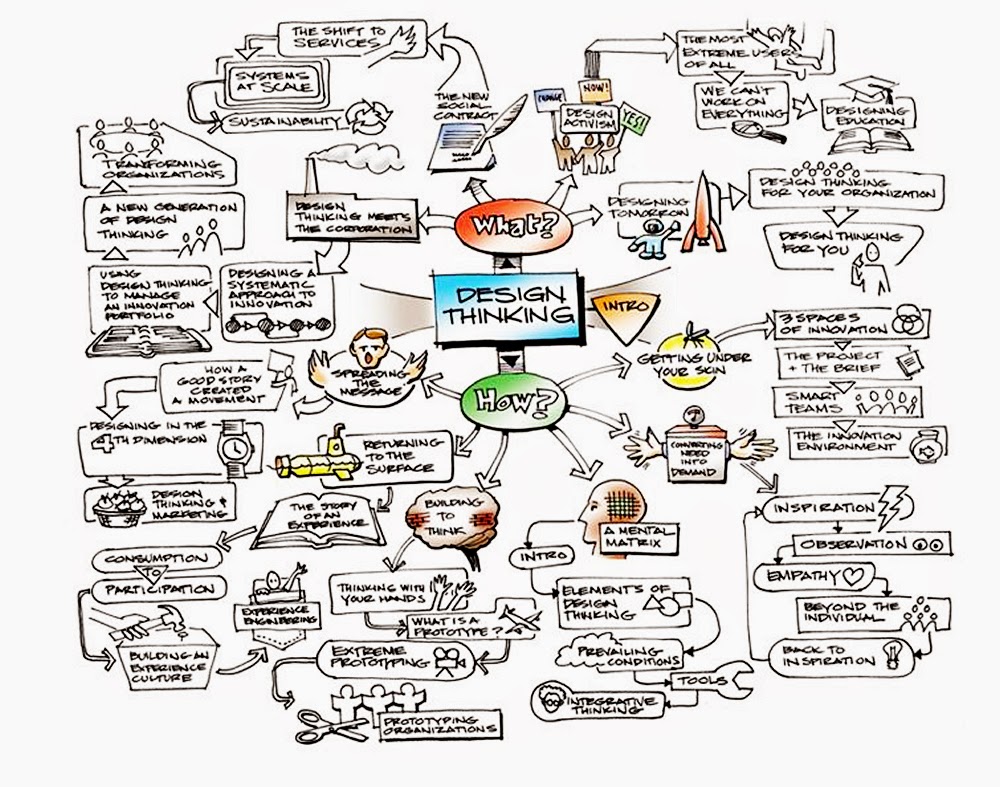There are four core principles in NVC;
- Observation: Observing of things which are seen, heard, or touched, without evaluation of their meaning or significance, and with a focus on specific to time and context.
- Feelings are viewed as an indicator of whether we are experiencing our needs as met or unmet. Identification of feelings is said to allow us to more easily connect with one another by allowing ourselves to be vulnerable and helping resolve conflicts.
- Needs: Universal human needs, as distinct from particular strategies for meeting needs. NVC states; "Everything we do is in service of... needs."
- Requests are distinguished from demands in that one is open to a response of "no" without attempting to force the matter. A "no" should also not lead to giving up. Solutions are found by empathically understanding what is preventing the other person from saying "yes." Requests should be stated in clear, positive, concrete action oriented terms.
The core model of NVC represents two sides of an empathic conversation:
NVC is self-described as;
Empathetically Listening:
Observations
Feelings
Needs
Requests
|
Honestly Expressing:
Observations
Feelings
Needs
Requests
|
Three unique tools of NVC are their Universal List of Feelings and associated lists of Satisfied and Unsatisfied Needs, which could be useful for developing the empathy maps of Design Thinking.
Some Useful Tips
Some Useful Tips
Establish trust with participants
Create an atmosphere in which people feel comfortable enough to open up.
- Listen patiently.
- Do not interrupt.
- Allow for pauses.
- Give participants time to think.
- Use non-verbal gestures, such as eye contact, nodding, and smiling, to reassure participants you are engaged and interested in what they are saying.
Get the most out of your interactions
Encourage people to reveal what really matters to them.
- Ask participants to show you the object or space they are talking about,
- Have participants draw what they are talking about.
- Keep asking “Why?”, particularly in response to consecutive answers.
Be on the lookout for;
Actions and statements which reveal what people care about.
Keep in mind that they may contradict themselves!
- Look for cues in the things that people surround themselves with or the way they carry themselves.
- Notice any workarounds and adaptations people have done to make a system or tool serve their needs better, for example: Lowering the height of bulletin boards to make it easier for children to read them.
- Explore things that prompt certain behaviors, for example: a line around a track field that causes people to run within a certain area.
Capture what you see
Take lots of notes and photos of what you see, hear, feel, smell and taste during a field visit.
- Capture direct quotes.
- Write down your immediate thoughts without worrying about an interpretation.
Here is an interesting graphic from ComLab India which illustrates how active empathic listening implies being aware of a blend of communication elements;







